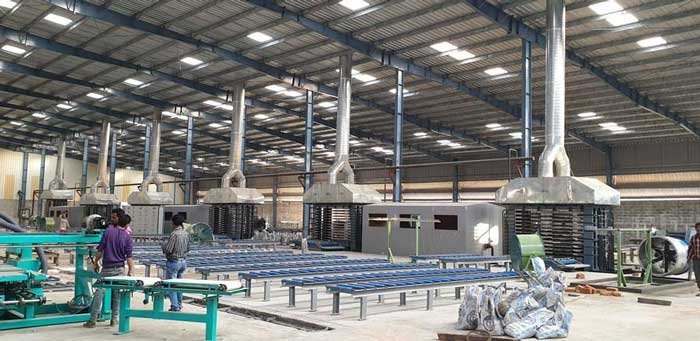Fume Exhaust Systems: Essential for Safety and Efficiency
Understanding Fume Exhaust Systems
Fume exhaust systems are critical components in various industrial, commercial, and laboratory environments. They are designed to remove fumes, vapors, and particles from the air to ensure a safe and clean working environment. This article delves into the intricacies of fume exhaust systems, their importance, and the role they play in maintaining air quality and protecting equipment and personnel.
What is a Fume Exhaust System?
A fume exhaust system is a set of components that work together to extract harmful or toxic fumes and gases from a particular area and expel them safely outside. These systems are essential in environments where processes release hazardous substances into the air, such as chemical laboratories, manufacturing plants, and welding facilities.
Key Components of a Fume Exhaust System
- Exhaust Hoods: These are designed to capture fumes at the source of emission.
- Ductwork: Channels that transport captured fumes away from the workspace.
- Exhaust Fans: These fans create airflow to push the fumes through the ductwork and out of the building.
- Air Cleaners: Filters or scrubbers that remove contaminants from the air before it is released into the environment.
- Stacks: Vertical pipes that release the cleaned air into the atmosphere.
Importance of Fume Exhaust Systems
Fume exhaust systems play a crucial role in maintaining workplace safety and compliance with health regulations. They help to:
- Protect Worker Health: By removing harmful fumes and vapors, these systems prevent respiratory issues and other health problems.
- Prevent Fire and Explosions: Certain fumes can be highly flammable; effective exhaust systems reduce the risk of fire and explosions.
- Preserve Equipment Integrity: Corrosive fumes can damage machinery and electronic equipment. Removing these fumes helps extend the lifespan of these assets.
- Ensure Regulatory Compliance: Many industries are required by law to maintain air quality standards, which can be achieved through effective fume management.
Choosing the Right Fume Exhaust System
Selecting the appropriate fume exhaust system depends on several factors:
- Type of Fumes: Chemical properties of the fumes determine the type of filtration or scrubbing needed.
- Volume of Air: The amount of air that needs to be processed influences the size and power of the exhaust fans and system capacity.
- Space Constraints: The physical layout of the facility can affect the design and configuration of the system.
- Budget: Costs can vary widely based on the system’s complexity and custom features required.
Maintenance and Safety Tips
Regular maintenance is crucial for the efficient operation of fume exhaust systems. Here are some safety tips:
- Regular Inspections: Check for any signs of wear or damage in the ductwork, fans, and filters.
- Clean Filters Regularly: Replace or clean air filters as recommended by the manufacturer to maintain air flow and efficiency.
- Monitor System Performance: Use airflow monitors to ensure that the system is performing at its optimal level.
- Train Employees: Ensure that all employees are aware of how to operate the system safely and what to do in case of a malfunction.
Rohhit Enterprises and Their Role in Fume Exhaust Systems
Rohhit Enterprises is a leading provider of industrial solutions, including top-quality fume exhaust systems. They offer customized solutions tailored to meet the specific needs of their clients. With a focus on innovation and reliability, Rohhit Enterprises ensures that their fume exhaust systems are efficient, durable, and compliant with all safety standards.
Frequently Asked Questions (FAQs)
- What types of industries require fume exhaust systems?
Industries such as chemical manufacturing, pharmaceuticals, automotive, and food processing commonly require fume exhaust systems.
- Can fume exhaust systems be customized for small spaces?
Yes, providers like Rohhit Enterprises can design compact systems that fit smaller spaces while maintaining efficiency.
- How often should a fume exhaust system be inspected?
It is recommended to inspect these systems at least once a year, though more frequent checks may be necessary depending on usage levels.
- Are there energy-efficient fume exhaust systems available?
Yes, modern systems include energy-efficient options that help reduce operational costs and environmental impact.
- What is the typical lifespan of a fume exhaust system?
With proper maintenance, a fume exhaust system can last 10-15 years or more.
**/No**


